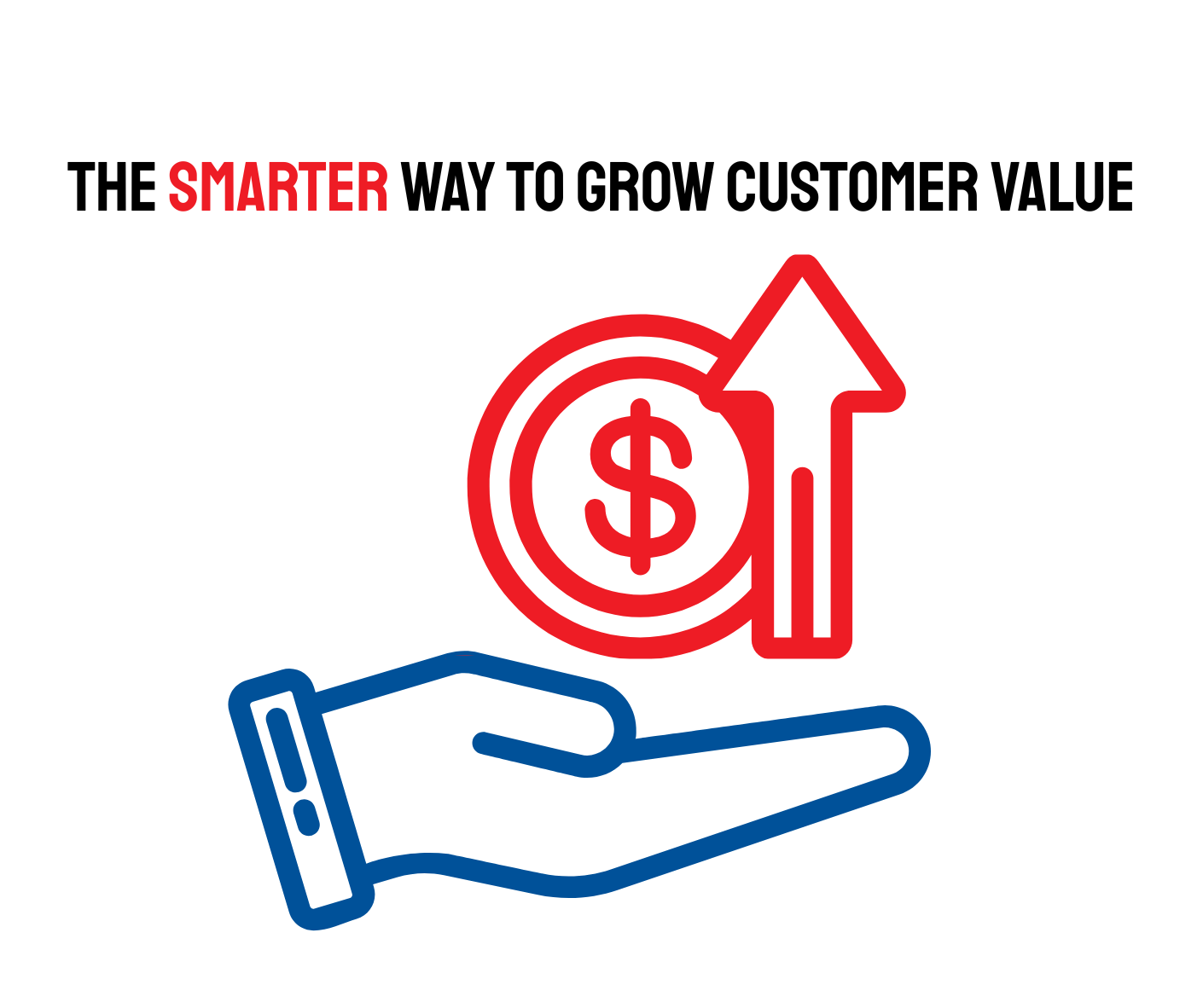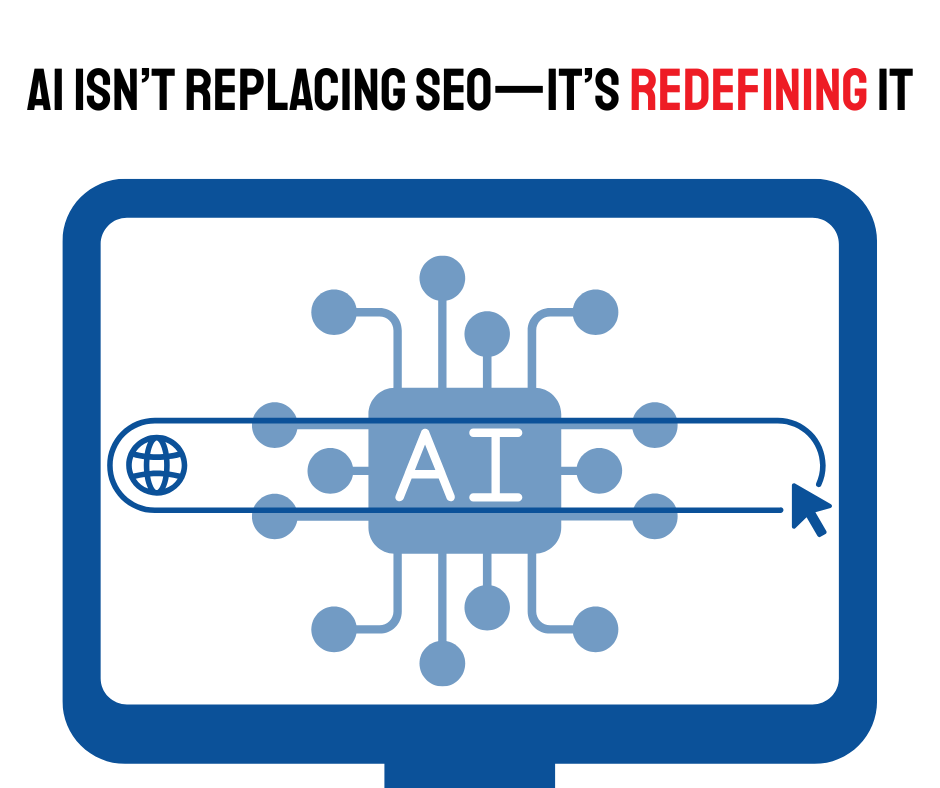Amping Up Productivity with the “Quiet Protocol”
- Employees are constantly interrupted in today's hyper-connected world, disrupting productivity
- The "Quiet Protocol" allocates solid chunks of uninterrupted time for employees to focus on important work
- Pioneering research highlighted how interruptions negatively impact productivity; dedicated distraction-free periods saw productivity surge 65%
- Employers should draw clear boundaries for quiet time, provide an optimized workspace, promote breaks, and educate staff on deep work benefits
- When fully embraced, the protocol fosters deep focus and sustained productivity, taking work quality and business success to new levels
578 / 2 min read
Let's face it, in this hyper-connected, always-on world, it's tougher than ever to maintain focus and keep productivity levels high. We're surrounded by ceaseless interruptions and noise, causing a disruptive ripple in our workflow. But there's a silver lining, folks. Inc Magazine has spotlighted an ingenious strategy - the "Quiet Protocol." Renowned for jacking up productivity, it's the secret behind deep work that generates stellar outcomes.
The Quiet Protocol Explained
The "Quiet Protocol" is about allocating a solid chunk of time where employees can work without any kind of disruption. The idea is simple but fundamental - incessant interruptions are the arch nemesis of productivity and creativity. By cultivating an environment that supports uninterrupted work, we can empower employees to unlock their capabilities and consistently churn out top-notch results.
This powerful concept of the 'Quiet Protocol' sprang from the pioneering research by Leslie Perlow, a distinguished scholar at Harvard Business School. Rewind to 25 years ago when Perlow was a budding researcher at the University of Michigan. She plunged into the intriguing concept of 'time famine,' that crushing feeling of being swamped with tasks and short on time. Her research was grounded in observing a team of 17 engineers over nine months as they developed a new printer. These folks felt that their 'real work' was constantly thrown off course by unforeseen discussions, minor crisis solutions, and status updates. Now recognized as 'time confetti,' this scattering of fragmented time puts a real dent in productivity.
Perlow's answer to the 'time confetti' dilemma was the 'Quiet Protocol,' an elegantly simple yet trailblazing approach to boosting productivity. This protocol involved carving out specific slots of 'quiet time,' free from interruptions, where employees could zero in on their most vital tasks. The outcome? A whopping 65% surge in productivity. The specifics of when the quiet time happened - say Tuesday, Thursday, and Friday before noon - were less crucial than the total team commitment to the schedule. Perlow's research serves to highlight the enormous potential of dedicated, distraction-free periods for tackling high-priority tasks - an expressway to serious productivity gains.
A Productivity Roadmap
Now, employers have a crucial part to play in championing this productivity-boosting protocol. Here's a roadmap for employers to effectively roll out the "Quiet Protocol":
- Draw Clear Lines: Set specific hours as "quiet time" where meetings, calls, and other potential distractions are kept at bay. By setting these boundaries, employees can plan their tasks knowing they have a distraction-free window to focus.
- Shape a Productive Environment: A quiet and comfortable workspace is the catalyst to productivity. Think about rolling out noise-canceling headphones or private workstations to reduce distractions and promote deep focus.
- Promote Timely Breaks: While the focus is on fostering uninterrupted work, it's crucial to inspire employees to take regular breaks. These mini breaks serve to refresh the mind, boost focus, and maintain productivity in the next work session.
- Educate for Success: Effective training is the cornerstone to ensure employees grasp the benefits of the "Quiet Protocol" and make the most of this dedicated deep work period. Offering tips on time management, task prioritization, and minimizing distractions can equip employees to excel in their focused work.
By embracing and adopting the "Quiet Protocol" in its entirety, businesses can create a workspace that sincerely fosters deep focus and unwavering productivity, ultimately taking the quality of work to new heights. When paired with a company culture that values and promotes deep, focused work, this strategy is a powerful lever for sustainable business growth and resounding success.
---
The Leavenworth-Lansing Area Chamber of Commerce is a private non-profit organization that aims to support the growth and development of local businesses and our regional economy. We strive to create content that not only educates but also fosters a sense of connection and collaboration among our readers. Join us as we explore topics such as economic development, networking opportunities, upcoming events, and success stories from our vibrant community. Our resources provide insights, advice, and news that are relevant to business owners, entrepreneurs, and community members alike. The Chamber has been granted license to publish this content provided by Chamber Today, a service of ChamberThink Strategies LLC.




